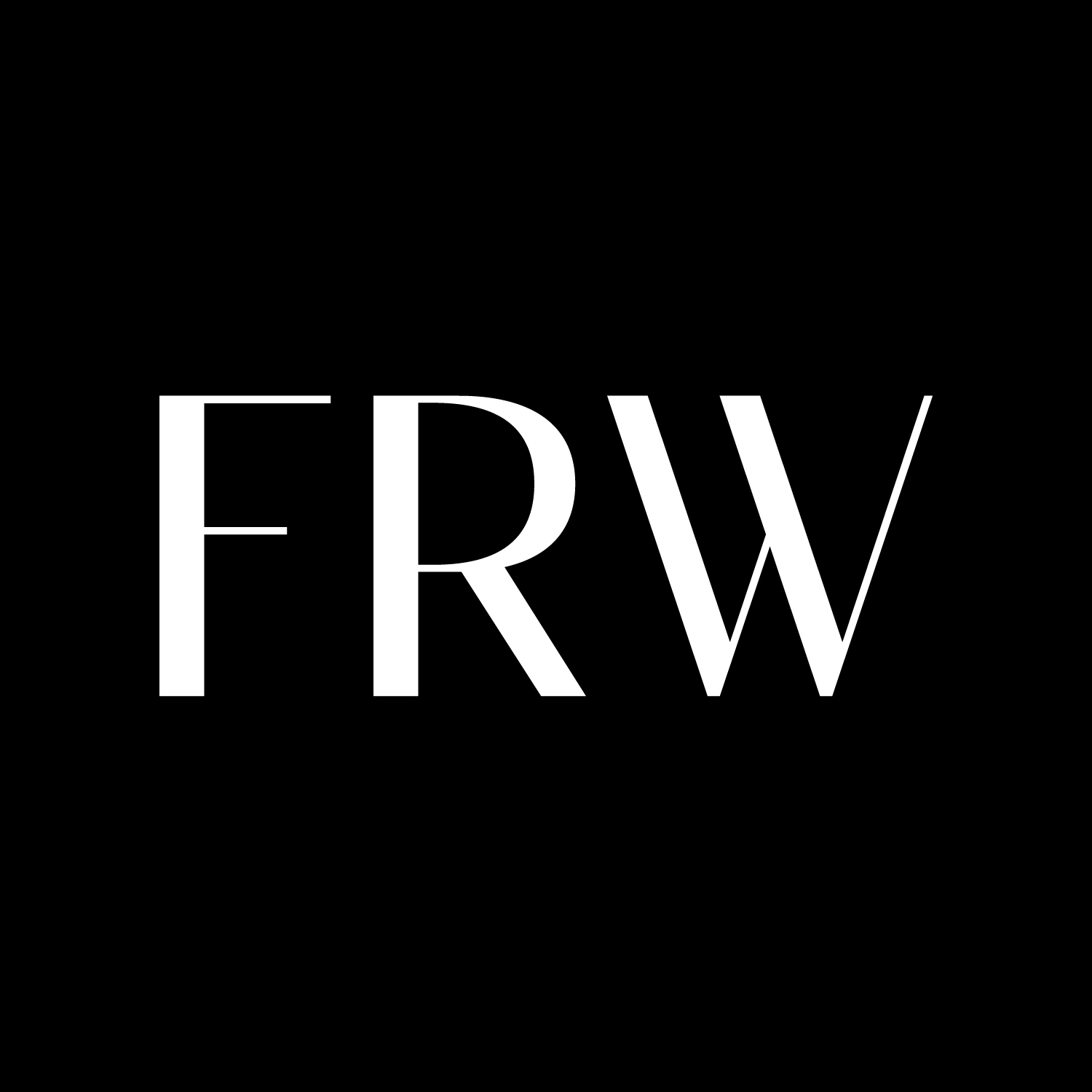The Number of Greater Phoenix Homebuyers Buying Homes with Loans Stays Steady
The number of Greater Phoenix homebuyers buying a home with a loan remains steady despite higher interest rates, Dodd-Frank legislation, and lower FHA loan limits. The reasons for this steadiness in buyers buying homes with loans are the underlying factors of job growth, population growth, and boomerang buyers.
The number of single-family existing home sales purchased with a loan in February 2014 was 2,805 compared to 2,857 in February 2013 for a difference of 52 or 1.8%.
| How Purchased |
2013 February |
2014 February |
Difference |
| Cash |
1,932 |
1,142 |
-790 or -40.8% |
| Financing |
2,857 |
2,805 |
-52 or -1.8% |
| Total |
4,789 |
3,947 |
-842 or -17.5% |
Overall, February 2014 existing single-family home sales were down 842 or 17.5% from February 2013. Cash purchases in February 2014 were 790 less than February 2013.
The reason for the drop in cash buyers is a combination of less investors and less Canadians. Many cash investors have pulled out of the Greater Phoenix market because home prices reached a level where it no longer makes financial sense to invest, and many potential Canadian cash buyers of second homes have stopped buying because of the exchange rate. Last week, I had the opportunity to discuss the topic of Canadian buyers at two meetings. The first event was at the Heart of Scottsdale’s real estate marketing meeting in which real estate agents said their Canadian clients have become very quiet and are not buying. The second group were homebuilders from Edmonton, Alberta who were in Greater Phoenix visiting new home subdivisions. The Canadian homebuilders said the recent depreciation in the Canadian dollar discourages Canadian investment in property in the United States.
Factors Fighting Against Home Sales
The thirty-year fixed mortgage rate was about one percent higher in January 2014 than January 2013. Every time the mortgage rate ticks up a notch, a certain number of potential homebuyers are no longer able to qualify for a loan. The thirty-year fixed mortgage rate was 3.41% in January 2013 compared to 4.43% In January 2014 for an increase of 1.02%. Most homebuyers who closed in February 2014 locked their interest rate in January 2014.
On January 10, 2014, the Dodd-Frank Act went into effect. This 2,200 page Act changes the way lenders are required to make mortgage loans. I have spoken with senior mortgage executives who according to them, their internal studies show that if the Dodd-Frank Act had been effective last year, the reduction in the number of mortgages their companies would have closed in 2013 would have ranged from under five percent to upwards of ten percent.
On January 1, 2014 the maximum FHA insured loan amount in Maricopa County was reduced from $346,250 to $271,050. In my own study, if the $271,050 maximum loan amount had been in effect in 2013, I estimate that the number of total single-family sales in Greater Phoenix in 2013 would have been lower by 1,540 sales or 2.5%.
Underlying Factors Supporting Home Sales
Greater Phoenix after losing 300,000 jobs during the recession, has gained back 200,000 of them. The non-farm job report from the U.S. Department of Labor for Greater Phoenix showed in December 2013 the highest number of non-farm jobs since November 2008.
The population in 2014 will increase somewhere in the range of 60,000 to 80,000 people. More people means more single-family home demand.
In speaking with loan officers, they are seeing an increase in people wanting to own again after going through a foreclosure or short sale. The number of possible buyers who become eligible to buy again in 2014 with an FHA insured loan is 42,444. FHA requires a three-year wait period after a foreclosure or short sale before a buyer is eligible to buy again. Of course once a potential buyer is through the wait period, they still must have the necessary down payment of three and one-half percent, and the needed closing costs along with an acceptable credit score. Those that buy again after a foreclosure or short sale are often called boomerang buyers.
Conclusion
Even with the headwinds of higher interest rates, Dodd-Frank and a lower FHA loan limits, the number of potential buyers in Greater Phoenix increases daily and is steady.
Breakdown of How Single Family Properties Were Purchased by Loan Type
| How Purchased |
2013 February |
2014 February |
Difference |
| Cash |
1,932 |
1,142 |
-790 or -41% |
| Conventional |
1,672 |
1,626 |
-46 |
| FHA |
859 |
833 |
-26 |
| VA |
257 |
282 |
+25 |
| Other (USDA, misc.) |
69 |
64 |
-5 |
| Total |
4,789 |
3,947 |
-842 or 17.5% |
Note: Parts of this report appeared in TheWilcoxReport.com of February 24, 2014. The information on how homes were purchased was compiled from data from the Arizona Regional Multiple Listing Service, Inc. Greater Phoenix in this report is defined as Maricopa County, Arizona.



Follow Fletcher